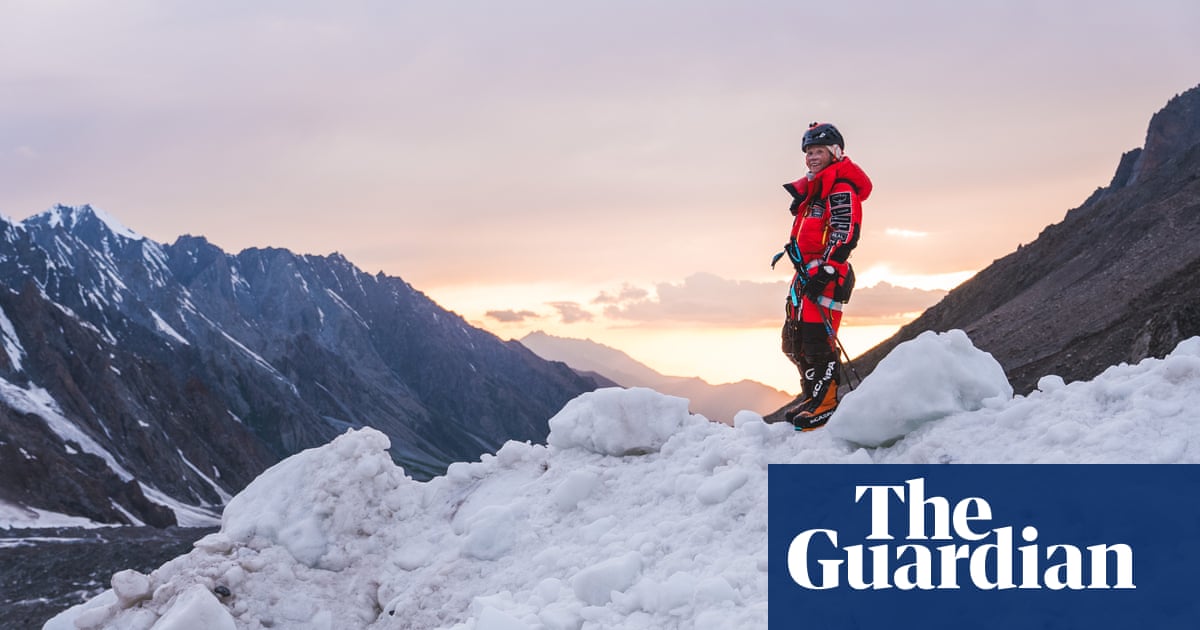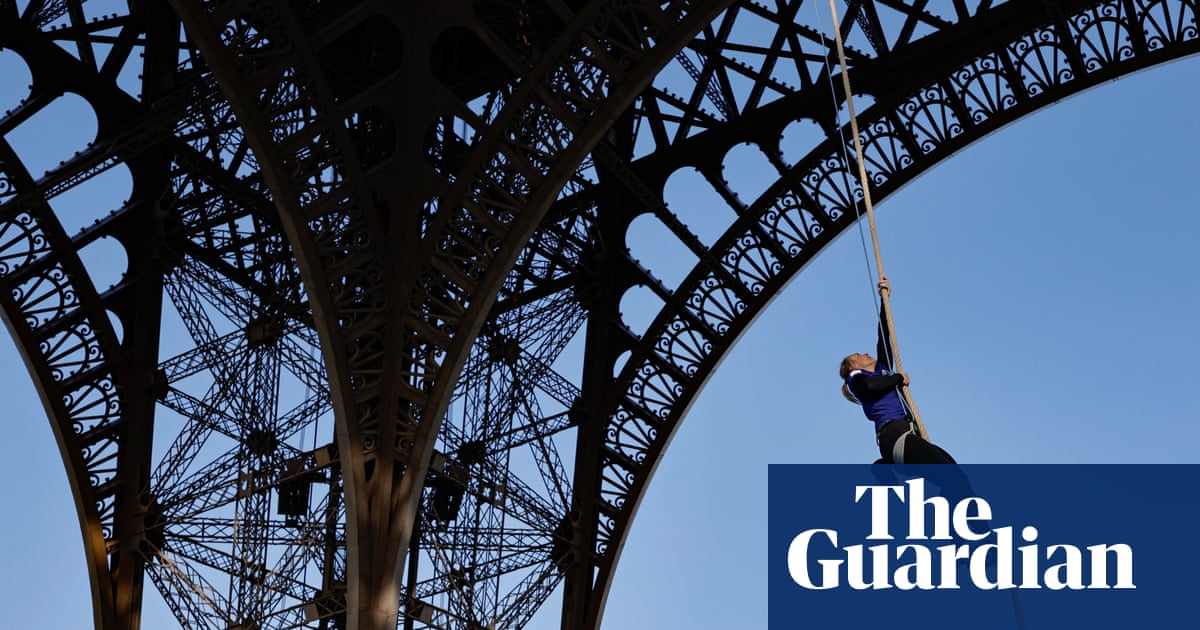
A Norwegian woman claims to have completed the fastest ascent of all of the world’s 14 highest mountains, completing the round in three months and one day – three months and five days faster than the previous record held by Nirmal “Nims” Purja.
Kristin Harila, a former professional skier, completed her final summit – K2 in Pakistan, the world’s second highest mountain – after setting out to climb all 14 peaks above 8,000 metres in less than four months.
Harila’s efforts, however, have not been without controversy: the prominent sherpa Mingma G criticised her ascent of Manaslu – the world’s eighth highest mountain at 8,163 metres – for her team’s apparent heavy reliance on helicopters to stock camps on the mountain before her successful ascent.
Her sponsors, the outdoor company Osprey, broke news of her success on her final peak.
Osprey’s statement read: “At approximately 10.45am today Kristin and her dedicated climbing partner, Tenjin ‘Lama’ Sherpa, reached the final summit, K2 in Pakistan, and with that successfully reached the summits of 14 mountains towering above 8,000 metres in a phenomenal world record time of just three months and one day (92 days).
“With this incredible achievement Kristin has set a new benchmark in mountaineering history and secured her status as an exceptional trailblazer in the field. Her achievement serves as an inspiration to adventurers and mountaineers around the globe, proving that with dedication and resilience, extraordinary heights can be reached.
“Harila and Lama’s collaboration has showcased the essence of mountaineering unity, transcending borders and cultures to achieve greatness together. As Kristin and Lama return triumphant from this historic journey, they express their gratitude to their supporters worldwide, and the mountaineering community for their unwavering encouragement and belief in their quest.”
Harila’s ascents used bottled oxygen and relied on sherpa support. It was unclear how many of the summits Tenjin Sherpa had climbed with Harila.
The circuit of 14 mountains was first completed by Reinhold Messner, widely regarded as one of the world’s greatest mountaineers, who took years to complete it. In recent times, however, mountaineers have sought to climb all 14 mountains in months, a feat first claimed by Purja in 2009.
Doubts, however, have recently been expressed over how many climbers have actually completed the challenge, with ascents of Manaslu featuring large in the controversy.
Most commercially guided expeditions claim the summit on a forepeak a little below the true summit of the mountain, which is located a little further along the summit ridge and requires down climbing and a potentially dangerous traverse along a short section of exposed snow slopes.
Last year the researcher Eberhard Jurgalski, who spent 10 years looking into the ascents of those who had claimed the 14 peaks, claimed that only three had been to the true summits of all the mountains, not including Messner.
Jurgalski himself was criticised, however, for some errors in his list and failing to contact at least one prominent climber.
While Harila’s team said that she had climbed to the true summit of Manaslu, Mingma G – who runs his own high-mountain guiding company in Nepal – raised questions over Harila’s use of helicopters on the same mountain.
In an interview last month with ExplorersWeb, which has long campaigned for more transparency in how claimed polar and high mountain records are described, Mingma G criticised the tactics.
“This video is from yesterday. The helicopter is dropping rope, oxygen, and sherpas to Camp 2 on Manaslu. They [sherpas] will open the route from camp 2 to camp 1.
“A new model of climbing is developing in Nepal. It was exactly [the same] on Annapurna too. [Sherpas] dropped at camp 3 and opened downward. I was surprised to read the news of [Harila’s team] climbing from base camp to camp 3 in one push on Annapurna. I know the snow and route,” Mingma G told the website.
“They [Harila’s team] had three shuttles to camp 2 and one to camp 1 yesterday. This will ruin the image of the Himalaya and the prestige of the sherpa.”
Asked about the use of helicopters on Manaslu, Harila’s team defended the practice, saying it was becoming increasingly common.
“Kristin flew only to basecamp. Flying equipment to higher camps is being done for many expeditions. This is to ensure safety of sherpas,” the team explained.
The increasingly heavy use of helicopters in the Himalayas has drawn criticism for environmental reasons and for undermining employment opportunities in mountain communities.
In the 2023 spring season, in the Khumbu region around Everest the local government temporarily restricted air service to Everest base camp to support traditional transportation by yaks and porters.
The ethics of using helicopters have also been questioned by renowned Nepali mountaineer and mountain guide Dawa Yangzum Sherpa. In a 2019 interview with National Geographic magazine, she criticised climbers “who take a helicopter to skip crossing the Khumbu icefall”, a dangerous section of glaciated terrain low on Everest.












